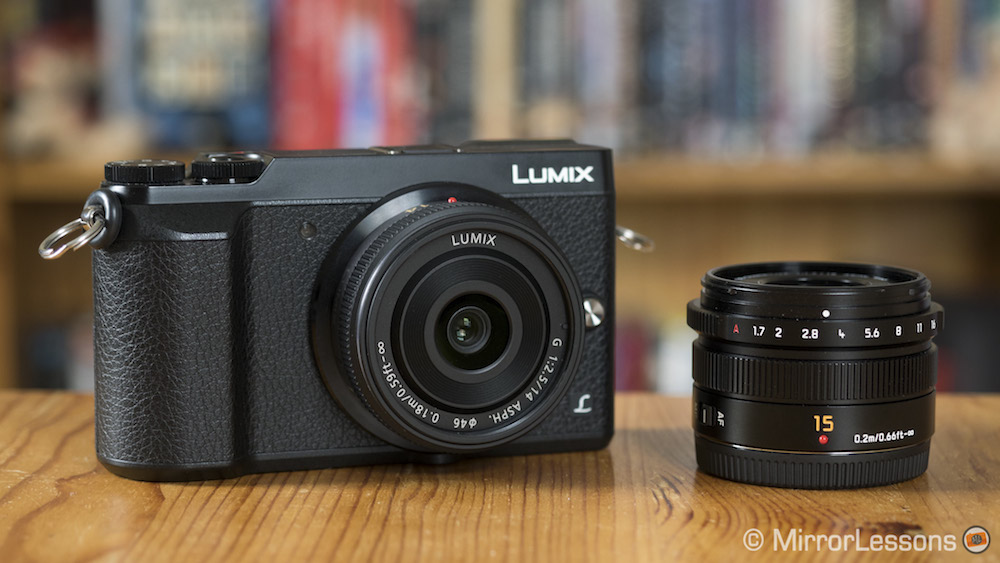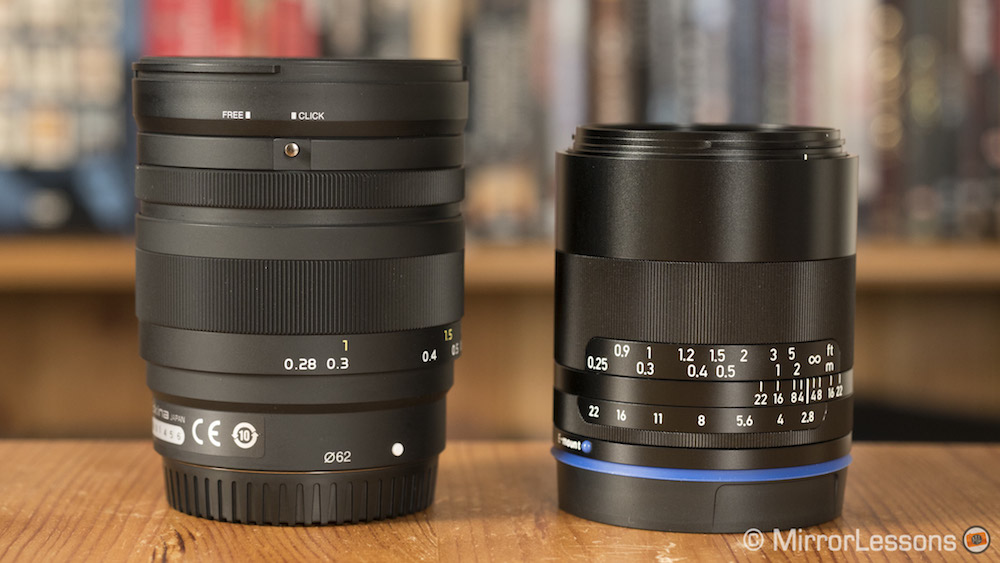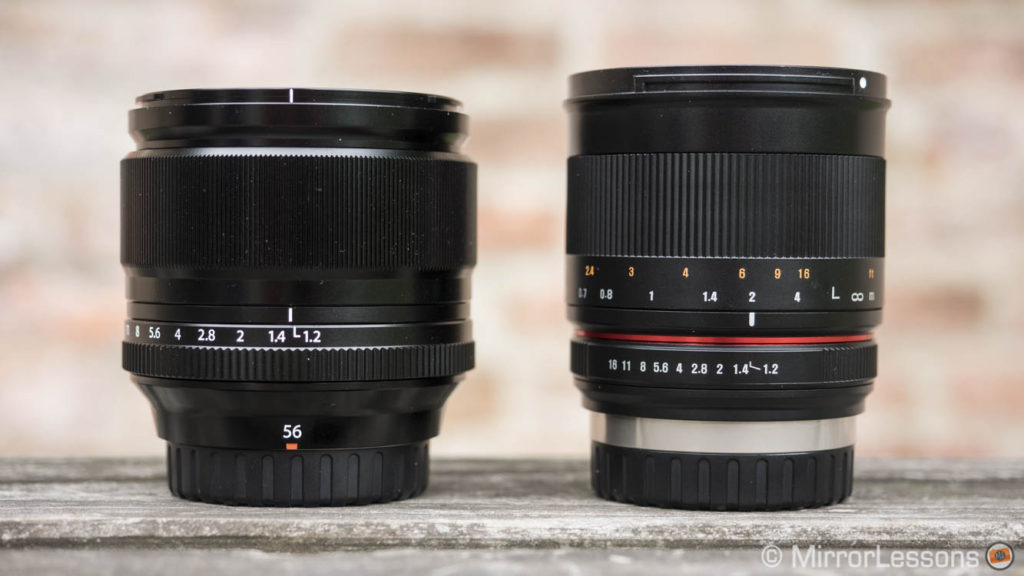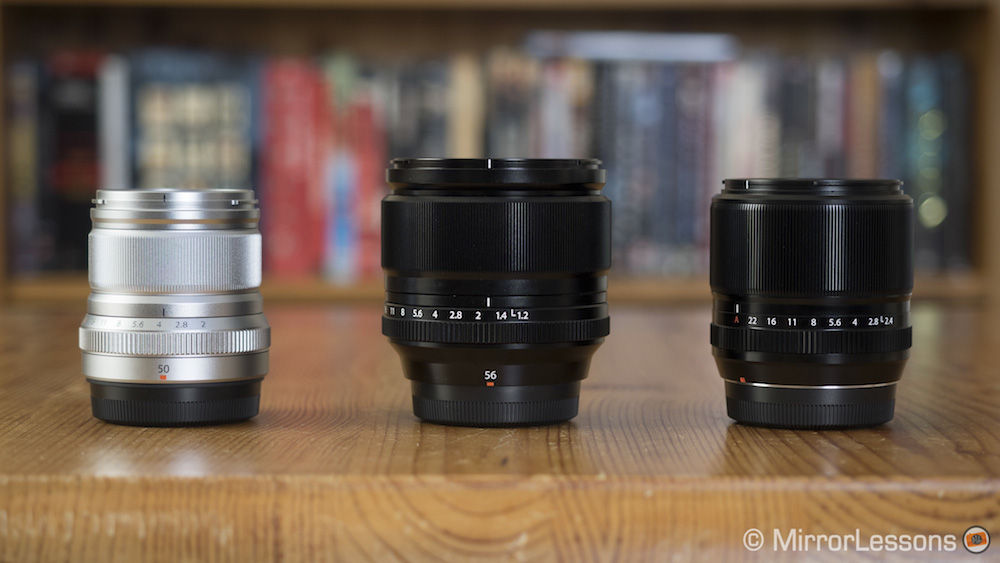The Lumix G 14mm and Leica DG 15mm are both wide-angle primes from Panasonic. In addition to having a similar field of view, they both offer a relatively bright maximum aperture in a compact lens body. There are, however, quite a few differences that set them apart, starting with the ‘Leica’ designation of the latter and of course, the price. In fact, the 15mm is approximately twice as expensive as the 14mm at the time of writing.
In this comparison, we’re going to be looking at how these two primes compare, and more importantly, whether the 15mm is worth the extra investment. Let’s get started!







